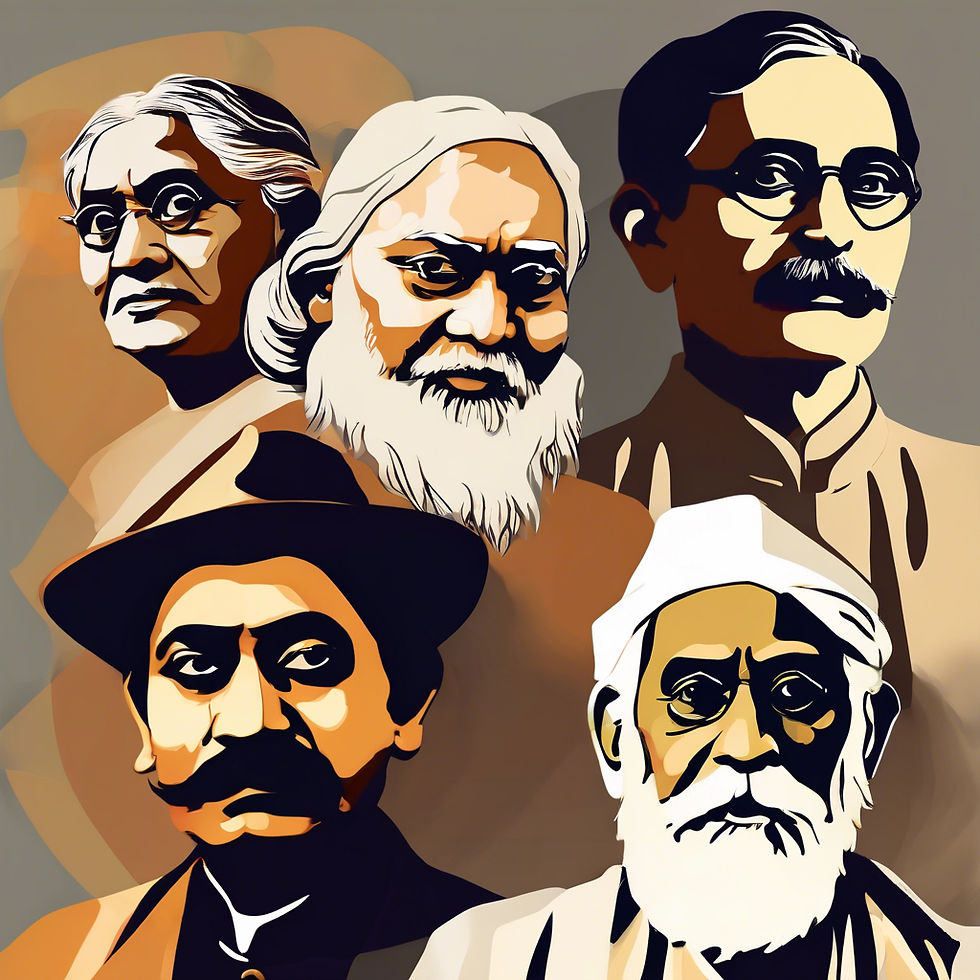How Did Art Change Over Time? From Sticks to Canvases
- CAMI Info
- Apr 18
- 2 min read

Art has evolved dramatically over thousands of years, from the first primitive markings on cave walls to the masterpieces we see on grand canvases today. As human civilization progressed, so did artistic tools, techniques, and styles. Let’s take a journey through time to explore how art has transformed.
Cave Paintings: The First Artistic Expressions
The earliest known art dates back over 40,000 years to prehistoric cave paintings found in places like Lascaux, France, and Bhimbetka, India. Early humans used natural pigments made from crushed rocks, charcoal, and clay mixed with animal fat. They applied these colors using their hands, sticks, or by blowing pigment through hollow bones to create stenciled images. These paintings often depicted animals, hunting scenes, and handprints, giving us a glimpse into early human life and beliefs.
Ancient Civilizations: The Rise of Sculpture and Murals
As humans settled into civilizations, art became more sophisticated. Ancient Egyptians, Mesopotamians, and Greeks developed hieroglyphic art, murals, and statues to tell stories of their gods, rulers, and daily life. Artists used chisels, reeds, and feathers to carve and paint on stone walls and papyrus scrolls. The Greeks took sculpture to the next level, creating lifelike marble statues that captured movement and expression.
Medieval and Renaissance Art: The Birth of Perspective and Realism
During the Middle Ages, art was deeply connected to religion, with churches adorned with stained glass windows, gold-leaf manuscripts, and frescoes. However, the real artistic revolution began during the Renaissance (14th-17th century). Artists like Leonardo da Vinci and Michelangelo introduced perspective, shading, and anatomy, making their paintings appear lifelike. The invention of oil paint allowed for richer colors and finer details, marking the beginning of a new artistic era.
The Age of Impressionism and Modern Art
By the 19th century, artists began experimenting with new styles and techniques. The Impressionists, such as Claude Monet and Vincent van Gogh, used bold brushstrokes and bright colors to capture light and movement. Instead of detailed realism, they focused on moods and emotions. Later, modern artists like Pablo Picasso introduced abstract styles, using geometric shapes and unconventional materials to create unique artworks.
Contemporary Art: Digital Creations and Beyond
Today, art is not limited to paint and canvas. With digital tools, AI, and virtual reality, artists can create immersive experiences beyond physical boundaries. Street art, installations, and graphic design have also gained prominence, showing that art continues to evolve in exciting ways.
Create Your Own Artwork and Submit It!
At Children’s Art Museum of India, we encourage young artists to explore different styles of art. Try creating a piece inspired by any era—whether it's a cave painting, an Impressionist-style artwork, or a digital masterpiece—and submit it to us!




Comments